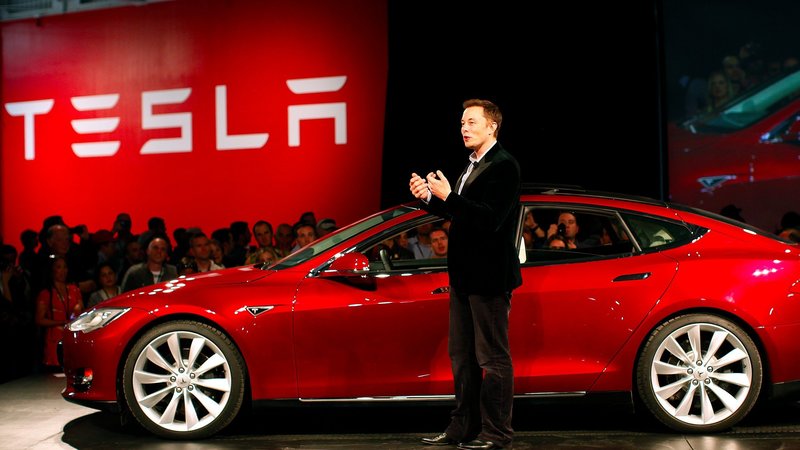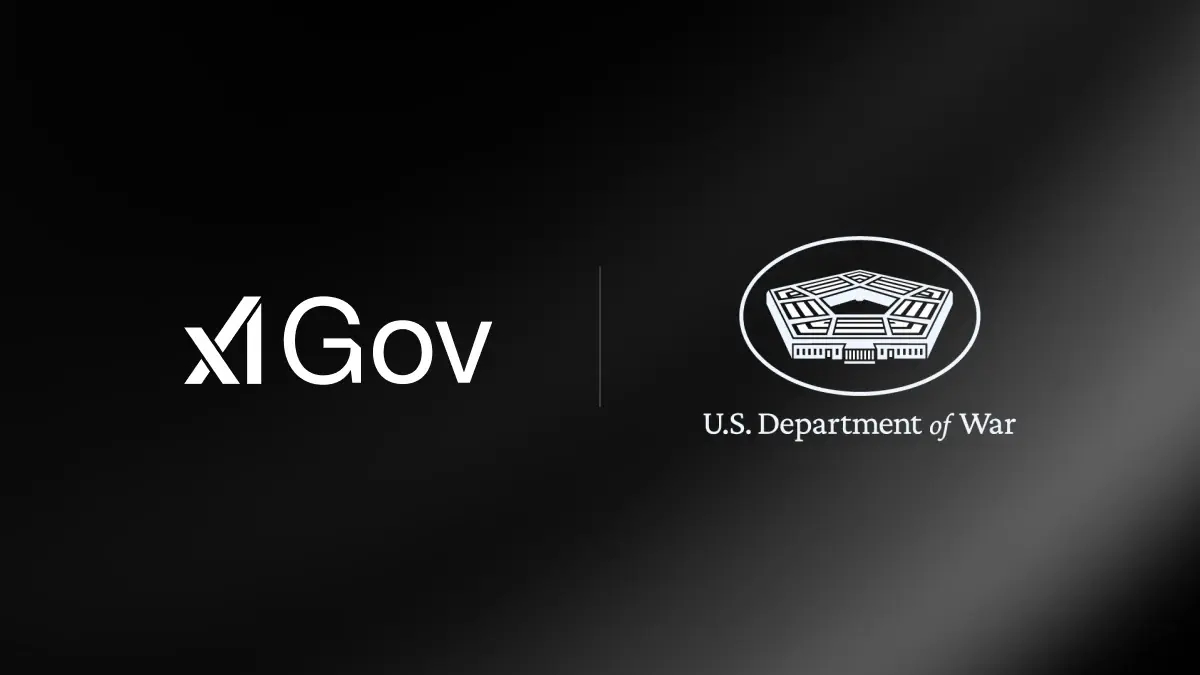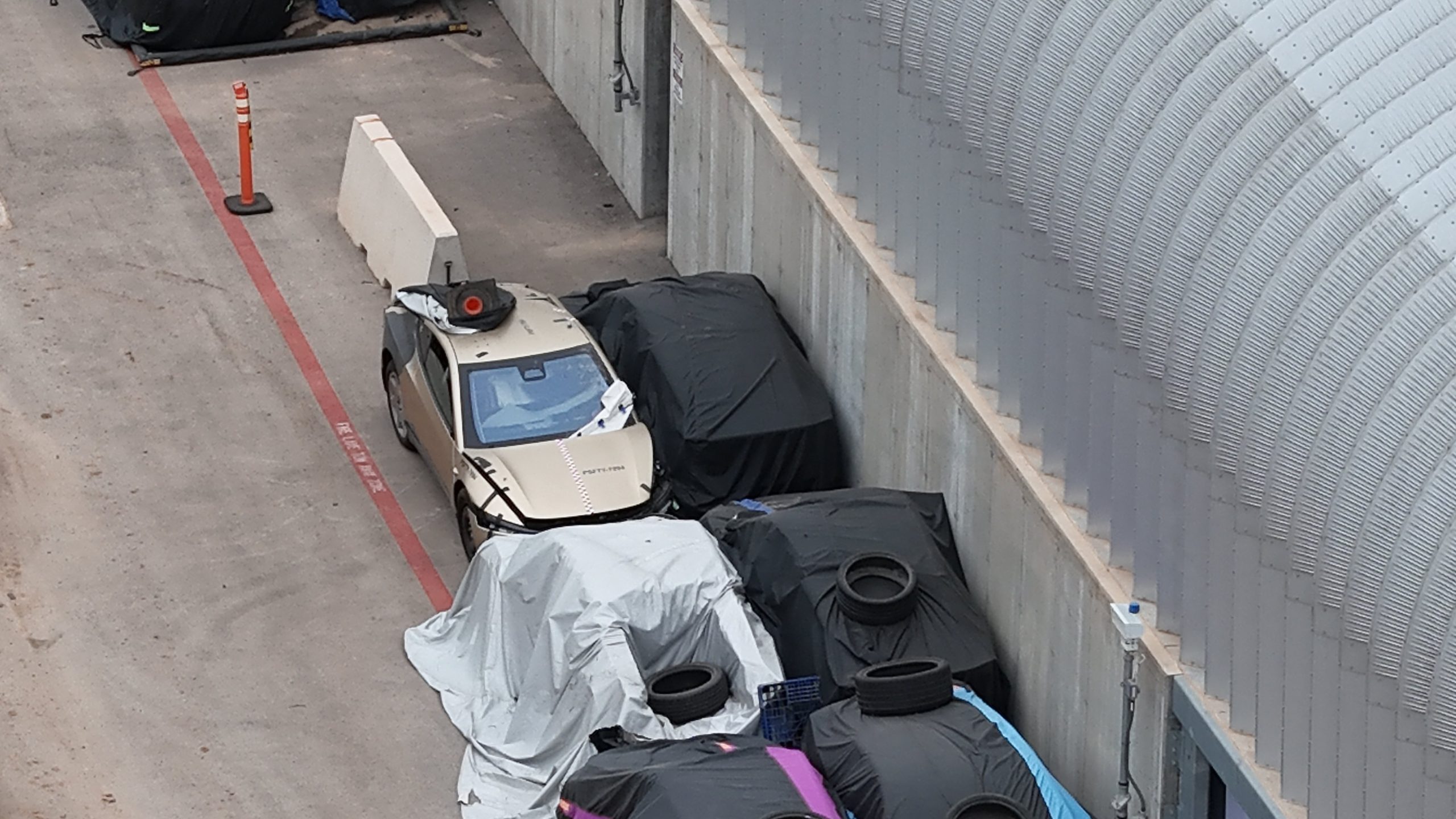News
Change.org Petition Promotes Nobel Prize for Elon Musk
Edward Tanas of Calgary, Canada has begun a Change.org campaign to nominate Elon Musk for a Nobel Prize in Economic Science. The petition has already been signed by 374 supporters.


Following the unveiling of the Tesla Model 3 on March 31, Edward Tanas of Calgary, Canada, began to petition the Swedish Nobel Prize Committee to award Elon Musk with a prize in Economic Science.
There is no question Elon is one of the most gifted and creative thinkers of our time. If you would like to support Tanas’ petition, you may do so at Change.org. Here is the text of the petition.
We, the signed, would like you, the Swedish Nobel Committee, to award Mr. Elon Musk, a Nobel Prize in Economic Sciences. Mr. Musk has spent most of his life helping not only to help the economics of transportation flourish with technological breakthroughs but has done so in a manner that addresses climate change.
His ventures into the production of electric cars. most recently the more affordable Tesla Model 3, which at the time of writing this petition has over 253,000 orders, has helped to reduce the impact on the environment by replacing internal combustion engine vehicles.
Biography
Elon Reeve Musk is an American entrepreneur, inventor and investor. He is best known for his role as CEO of electric car manufacturer Tesla Motors, and as co-founder of online money transfer system PayPal, and of commercial space program SpaceX.
Elon was born in South Africa, where he spent his childhood and adolescence. He was raised primarily by his father, who was an engineer. Elon became interested in computers at a young age and began programming in his teens. After high school, Elon emigrated to Canada, where he attended college, and later transferred to the University of Pennsylvania in the United States.
In 1995, Musk started a PhD in applied physics at Stanford University in California, but quickly dropped out to start his own company. He would go on to sell that company, called Zip2, to Compaq, for more than $300 million in 1999, of which he received $22 million. With that capital, Musk started X.com in 1999. It was an online banking site that later changed its name to PayPal. EBay purchased the company in 2002 for $1.5 billion in stock, of which $165 million went to Musk. That same year, he became an American citizen. (See also: Three Steps Elon Musk Took To Become Successful.)
Flush from the PayPal sale, Musk looked to the heavens, and began SpaceX, a private, for profit space program. After a few false starts, the company began developing its own rockets. The company launched a landmark commercial spacecraft in 2009 and again in 2012.
While planning his assault upon the heavens, Musk took an interest in more terrestrial matters, specifically the way people get across the surface of the earth. After a major investment in 2004, Musk joined the board of Tesla Motors as its chairman. Also contributing as a product architect, he played a role in the designs of the cars Tesla was building. Following the 2008 financial crisis, Musk assumed the mantle of Tesla Motors CEO, a position he still holds today. (For more, see: Is Elon Musk’s Hyperloop Economically Feasible?)
Beyond Tesla and SpaceX, Musk remains involved in a number of futuristic projects. He is connected with a high-speed transportation system called the Hyperloop. He has also been a proponent of a VTOL (vertical take-off and landing) supersonic jet aircraft.
We thank you for your patience in reading about his past accomplishments and various ventures which have benefited society and will continue to do so.
Photo credit: Change.org

News
Elon Musk’s Grok AI to be used in U.S. War Department’s bespoke AI platform
The partnership aims to provide advanced capabilities to 3 million military and civilian personnel.

The U.S. Department of War announced Monday an agreement with Elon Musk’s xAI to embed the company’s frontier artificial intelligence systems, powered by the Grok family of models, into the department’s bespoke AI platform GenAI.mil.
The partnership aims to provide advanced capabilities to 3 million military and civilian personnel, with initial deployment targeted for early 2026 at Impact Level 5 (IL5) for secure handling of Controlled Unclassified Information.
xAI Integration
As noted by the War Department’s press release, GenAI.mil, its bespoke AI platform, will gain xAI for the Government’s suite of tools, which enable real-time global insights from the X platform for “decisive information advantage.” The rollout builds on xAI’s July launch of products for U.S. government customers, including federal, state, local, and national security use cases.
“Targeted for initial deployment in early 2026, this integration will allow all military and civilian personnel to use xAI’s capabilities at Impact Level 5 (IL5), enabling the secure handling of Controlled Unclassified Information (CUI) in daily workflows. Users will also gain access to real‑time global insights from the X platform, providing War Department personnel with a decisive information advantage,” the Department of War wrote in a press release.
Strategic advantages
The deal marks another step in the Department of War’s efforts to use cutting-edge AI in its operations. xAI, for its part, highlighted that its tools can support administrative tasks at the federal, state and local levels, as well as “critical mission use cases” at the front line of military operations.
“The War Department will continue scaling an AI ecosystem built for speed, security, and decision superiority. Newly IL5-certified capabilities will empower every aspect of the Department’s workforce, turning AI into a daily operational asset. This announcement marks another milestone in America’s AI revolution, and the War Department is driving that momentum forward,” the War Department noted.
News
Tesla FSD (Supervised) v14.2.2 starts rolling out
The update focuses on smoother real-world performance, better obstacle awareness, and precise end-of-trip routing, among other improvements.

Tesla has started rolling out Full Self-Driving (Supervised) v14.2.2, bringing further refinements to its most advanced driver-assist system. The new FSD update focuses on smoother real-world performance, better obstacle awareness, and precise end-of-trip routing, among other improvements.
Key FSD v14.2.2 improvements
As noted by Not a Tesla App, FSD v14.2.2 upgrades the vision encoder neural network with higher resolution features, enhancing detection of emergency vehicles, road obstacles, and human gestures. New Arrival Options let users select preferred drop-off styles, such as Parking Lot, Street, Driveway, Parking Garage, or Curbside, with the navigation pin automatically adjusting to the user’s ideal spot for precision.
Other additions include pulling over for emergency vehicles, real-time vision-based detours for blocked roads, improved gate and debris handling, and extreme Speed Profiles for customized driving styles. Reliability gains cover fault recovery, residue alerts on the windshield, and automatic narrow-field camera washing for new 2026 Model Y units.
FSD v14.2.2 also boosts unprotected turns, lane changes, cut-ins, and school bus scenarios, among other things. Tesla also noted that users’ FSD statistics will be saved under Controls > Autopilot, which should help drivers easily view how much they are using FSD in their daily drives.
Key FSD v14.2.2 release notes
Full Self-Driving (Supervised) v14.2.2 includes:
- Upgraded the neural network vision encoder, leveraging higher resolution features to further improve scenarios like handling emergency vehicles, obstacles on the road, and human gestures.
- Added Arrival Options for you to select where FSD should park: in a Parking Lot, on the Street, in a Driveway, in a Parking Garage, or at the Curbside.
- Added handling to pull over or yield for emergency vehicles (e.g. police cars, fire trucks, ambulances).
- Added navigation and routing into the vision-based neural network for real-time handling of blocked roads and detours.
- Added additional Speed Profile to further customize driving style preference.
- Improved handling for static and dynamic gates.
- Improved offsetting for road debris (e.g. tires, tree branches, boxes).
- Improve handling of several scenarios, including unprotected turns, lane changes, vehicle cut-ins, and school buses.
- Improved FSD’s ability to manage system faults and recover smoothly from degraded operation for enhanced reliability.
- Added alerting for residue build-up on interior windshield that may impact front camera visibility. If affected, visit Service for cleaning!
- Added automatic narrow field washing to provide rapid and efficient front camera self-cleaning, and optimize aerodynamics wash at higher vehicle speed.
- Camera visibility can lead to increased attention monitoring sensitivity.
Upcoming Improvements:
- Overall smoothness and sentience.
- Parking spot selection and parking quality.
News
Tesla is not sparing any expense in ensuring the Cybercab is safe
Images shared by the longtime watcher showed 16 Cybercab prototypes parked near Giga Texas’ dedicated crash test facility.

The Tesla Cybercab could very well be the safest taxi on the road when it is released and deployed for public use. This was, at least, hinted at by the intensive safety tests that Tesla seems to be putting the autonomous two-seater through at its Giga Texas crash test facility.
Intensive crash tests
As per recent images from longtime Giga Texas watcher and drone operator Joe Tegtmeyer, Tesla seems to be very busy crash testing Cybercab units. Images shared by the longtime watcher showed 16 Cybercab prototypes parked near Giga Texas’ dedicated crash test facility just before the holidays.
Tegtmeyer’s aerial photos showed the prototypes clustered outside the factory’s testing building. Some uncovered Cybercabs showed notable damage and one even had its airbags engaged. With Cybercab production expected to start in about 130 days, it appears that Tesla is very busy ensuring that its autonomous two-seater ends up becoming the safest taxi on public roads.
Prioritizing safety
With no human driver controls, the Cybercab demands exceptional active and passive safety systems to protect occupants in any scenario. Considering Tesla’s reputation, it is then understandable that the company seems to be sparing no expense in ensuring that the Cybercab is as safe as possible.
Tesla’s focus on safety was recently highlighted when the Cybertruck achieved a Top Safety Pick+ rating from the Insurance Institute for Highway Safety (IIHS). This was a notable victory for the Cybertruck as critics have long claimed that the vehicle will be one of, if not the, most unsafe truck on the road due to its appearance. The vehicle’s Top Safety Pick+ rating, if any, simply proved that Tesla never neglects to make its cars as safe as possible, and that definitely includes the Cybercab.








